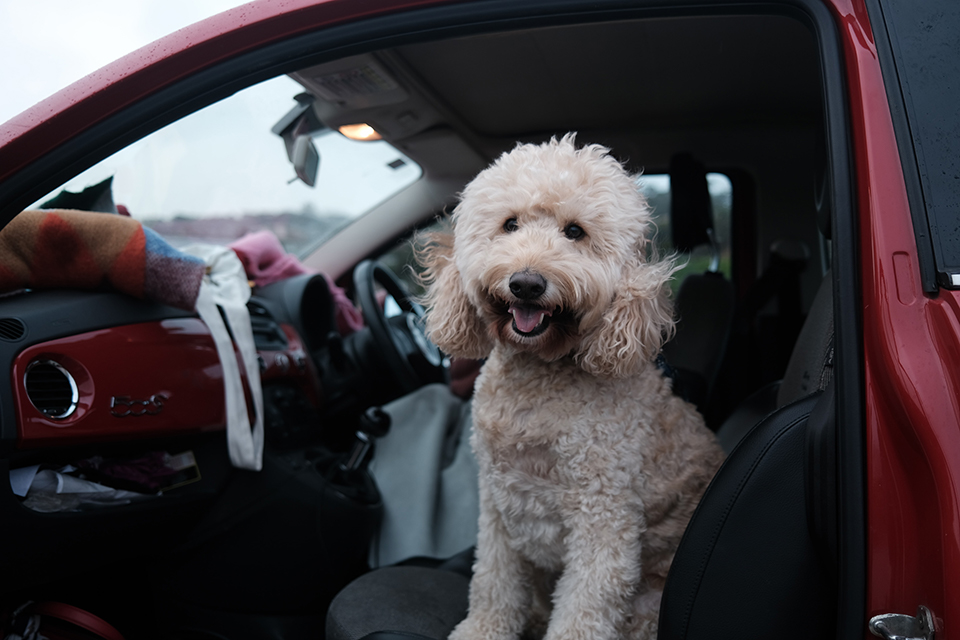
In general, dogs love to go places with their humans. For many canines, it’s a joy to travel in their owner’s car. However, motion sickness can affect dogs as quickly and frequently as it does humans, which can make any kind of travel stressful for everyone involved. Underst anding the symptoms of motion sickness in dogs as well as how to prevent and relieve it can ease the worry and discomfort for you and your pet.
For dogs, motion sickness can happen no matter how quick or far the travel. Puppies tend to feel carsick more often than adult canines due to their underdeveloped ear structures and balance. Though many young dogs outgrow their travel sickness, for others it can be a lifelong issue.
Since dogs are unable to express feelings of motion sickness, owners need to recognize the signs. That way, owners can take measures to alleviate their dog’s motion sickness and possibly prevent recurrences.
The primary symptoms of motion sickness in dogs are:
Depending on the severity of the motion sickness, the dog may present some or all of the symptoms. Also, many of these symptoms resemble common indicators of stress in dogs, which can help humans to identify that something is amiss with how their pets are feeling and address it as soon as possible.

Dogs can become overwhelmed with the stimulation or even fear of riding in a vehicle, especially if it’s a rare occurrence. What owners may not realize, dogs can feel carsick due to the following preconditions:
The best way to prevent motion sickness in dogs is to be prepared and keep them safe and healthy. Your dog may prefer to travel in a roomy pet carrier to feel secure. Taking short, low-stress trips in a car to somewhere fun, such as a dog park, may help your dog to associate positive feelings with travel. You can slowly desensitize and practice taking brief car trips with your dog so that he becomes used to the experience, thereby preventing future motion sickness.
Ultimately, the best way to prevent car sickness is to pay close attention to their signs of well-being or stress and for owners to manage their attitudes and stress levels.
Being positive, patient, and giving encouragement will reassure your dog that they are loved and safe, which will reduce anxiety and the likelihood of stress-induced motion sickness.
Pet Travel Center
Should your dog fall ill, there are ways to relieve motion sickness:
If you notice signs of motion sickness in your pup while traveling, stopping your vehicle and letting him walk can temporarily relieve the symptoms. Also, providing a new or special car toy may take your pup’s mind off the stress of travel.
There are other means of relieving serious or chronic motion sickness in dogs. However, it’s essential to consult a veterinarian before using any of these methods:
These remedies for carsickness should only be used as a last resort and under the supervision of your dog’s personal veterinarian.
Underst anding the symptoms of motion sickness in dogs, and the ways to prevent or relieve it can reduce the stress and anxiety for both owner and pet. Knowing how to manage carsickness for your four-legged family member will allow everyone to enjoy the trip all the more.